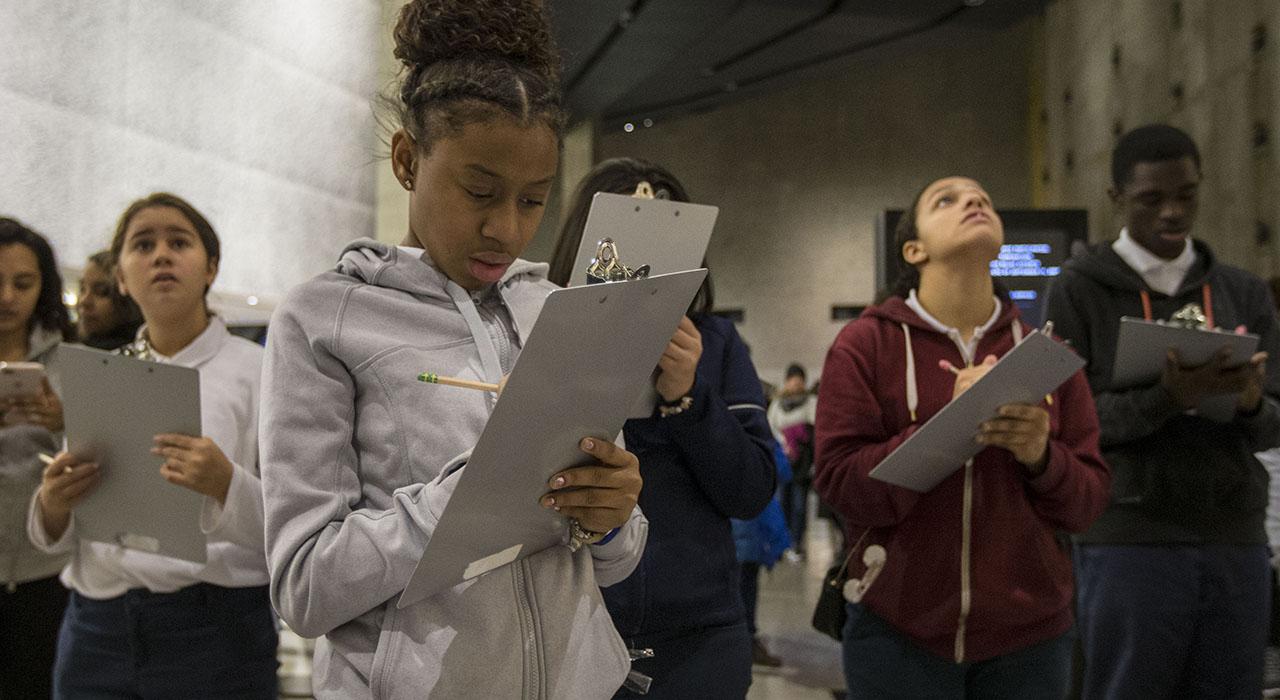Make a donation to the museum
Resources
Access Museum resources such as interactive timelines, digital exhibitions (including a collection of downloadable posters that tell the story of 9/11), oral histories, registries, and the 9/11 primer, to learn more about the February 26, 1993 World Trade Center bombing and 9/11 and its aftermath.

Interactive Timelines
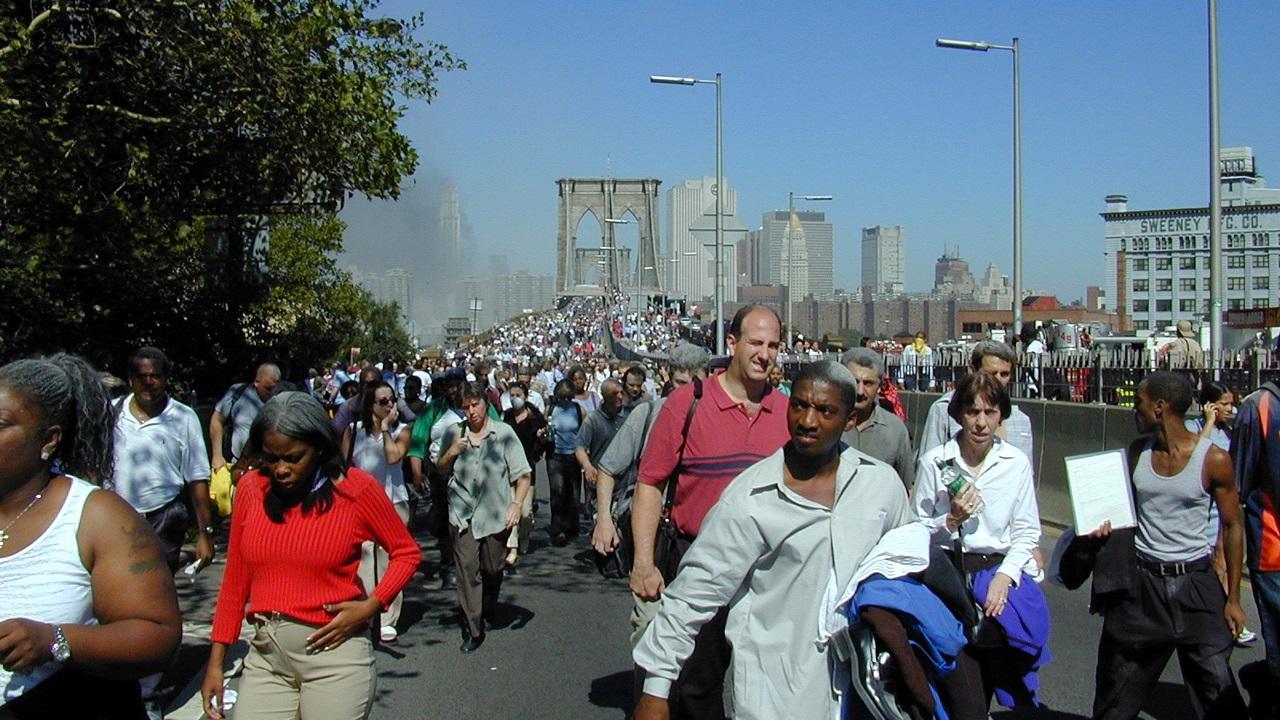
Collection 9/11 Museum, Roberto Rabanne Archive
Interactive timelines chronicle the events of September 11, 2001, the nine-month recovery effort at Ground Zero, and the 1993 World Trade Center bombing. The timelines use images, audio, and video, as well as first-person accounts from the 9/11 Memorial Museum’s permanent collection.
Please note: The timelines contain some graphic images and sensitive content due to the explicit nature of events surrounding the 1993 bombing and the 9/11 attacks.
Digital Exhibitions
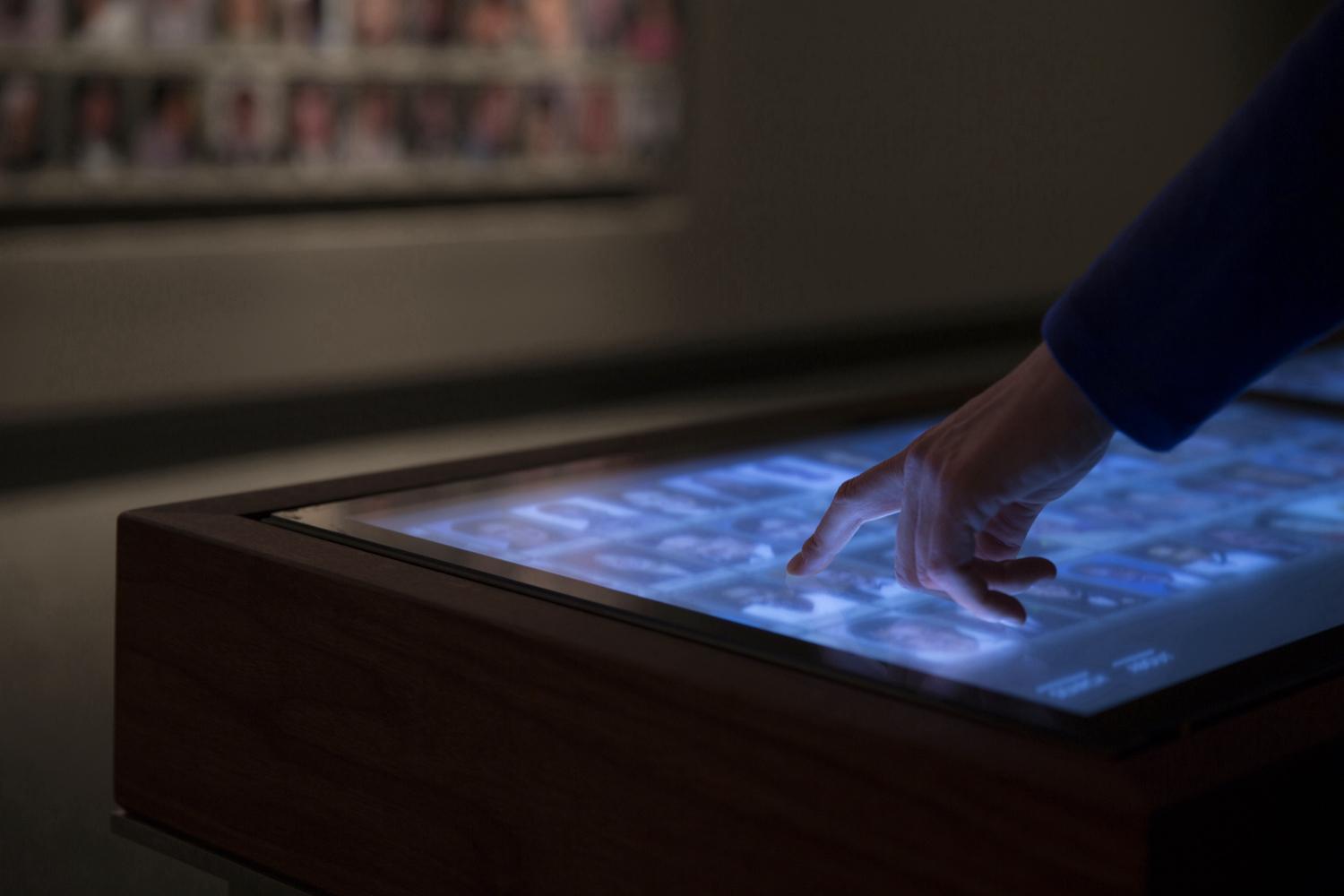
The 9/11 Memorial Museum’s digital exhibitions offer online learners the opportunity to access the Museum’s collection of primary sources, research, and stories about the events of 9/11 and their ongoing impacts.
Oral Histories
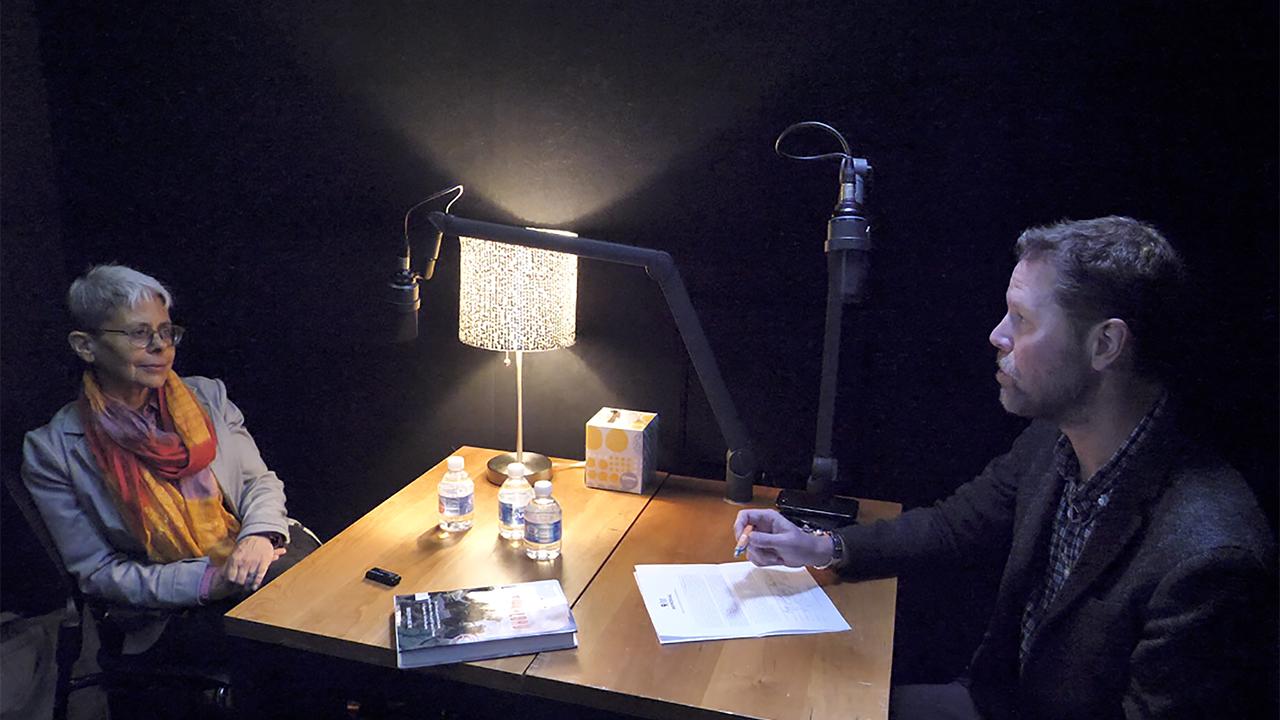
The 9/11 Memorial Museum’s oral history collection tells the story of 9/11 through recorded interviews conducted from different perspectives, most of which cannot be fully captured through written sources.
The Anniversary Digital Learning Experience
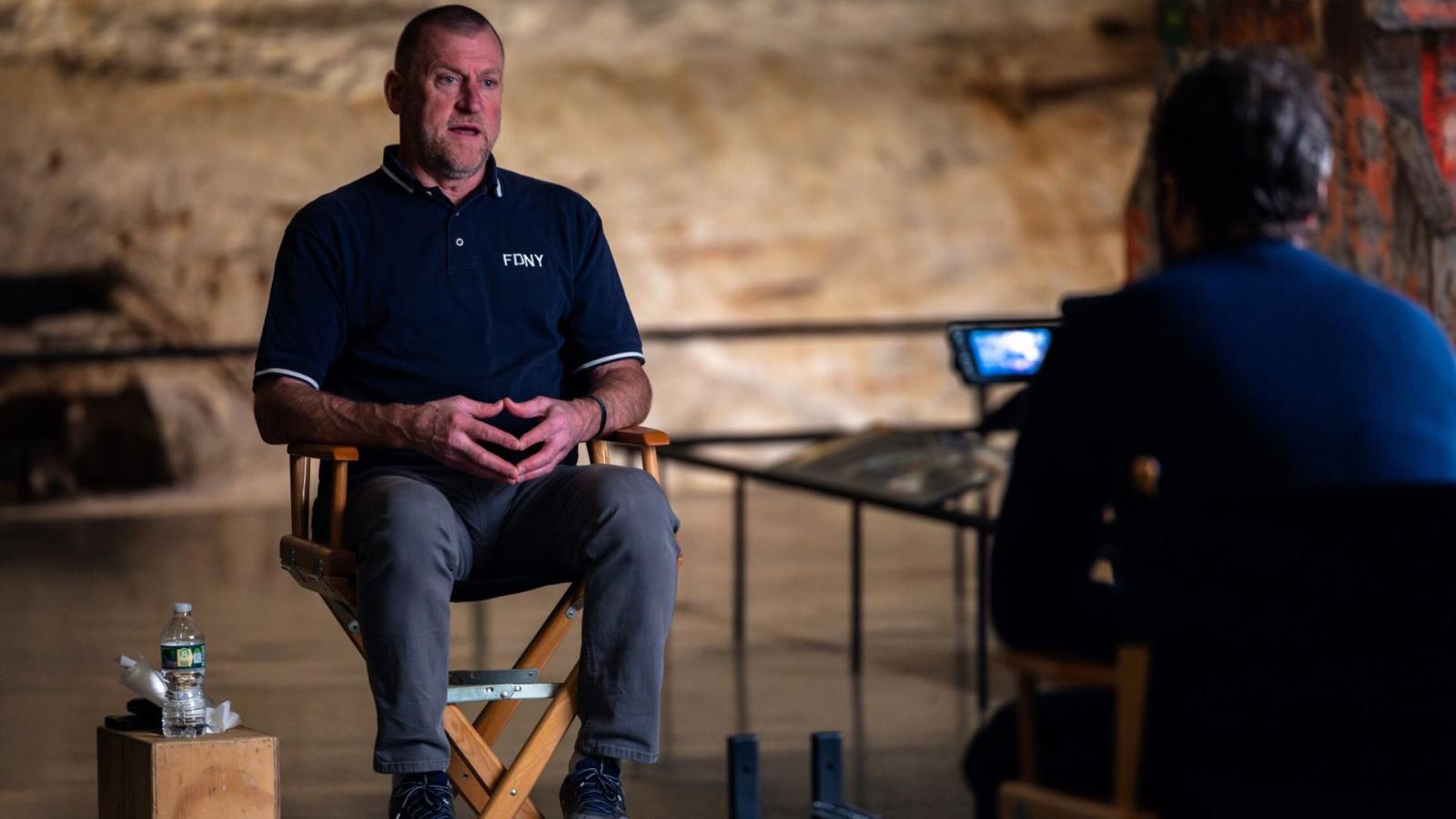
Each year on 9/11, we welcome students and teachers from around the world to participate in our FREE 9/11 Anniversary Digital Learning Experience. The program includes a 30-minute film, available on-demand, highlighting first-person accounts of the attacks and their aftermath and a live chat with Museum staff throughout the day.
